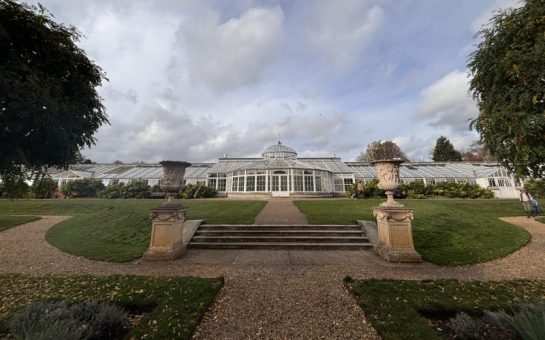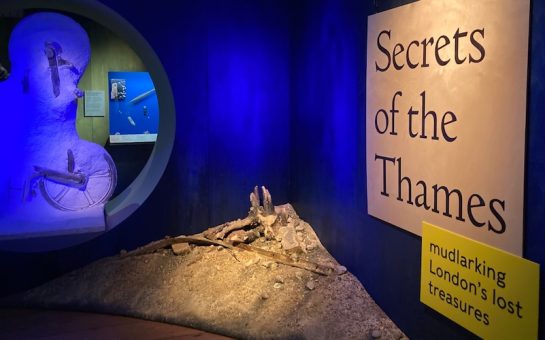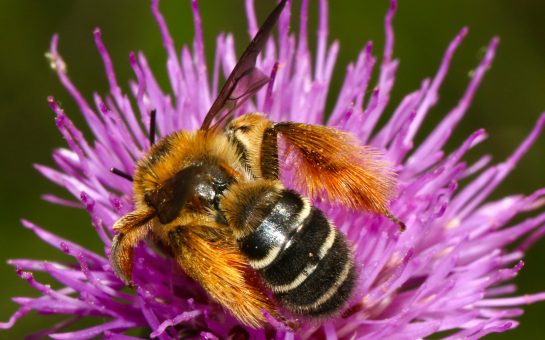![]() By Julia Atherley
By Julia Atherley
January 28 2020, 11.30
Follow @SW_Londoner
It’s 9:30pm on a Friday in mid January. I should be sipping a pint somewhere warm, potentially near an open fire. Instead, I’m wearing about 15 layers of clothing as I battle through a crowd of what feels like a million other Londoners.
My aim, as I narrowly avoid squashing toddlers and small dogs, is to see a pool of water covered in illuminated plastic balls. I finally get to the edge of the feature, which stretches across the ponds in Canary Wharf’s Jubilee Park.
It looks impressive and I can see why so many people are pushing their way forward to try and get a better view. Pools of Light is one of 26 works of art which took over Canary Wharf in the sixth annual Winter Lights festival.
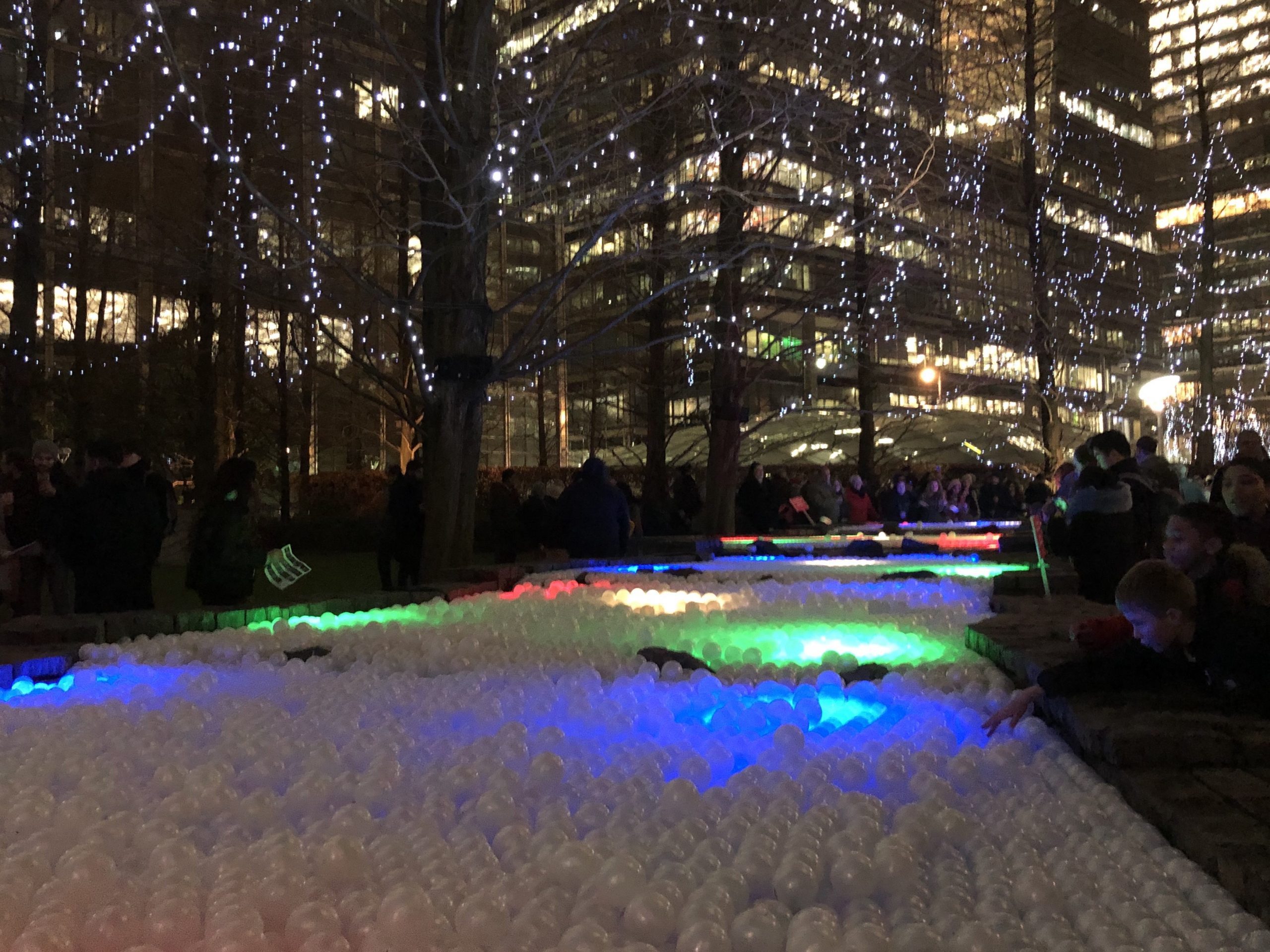
Pools of Light, Winter Lights festival, Canary Wharf in January 2020. Photo by Julia Atherley
Light festivals now seem to be a familiar feature in our winter calendars, with dozens of established events taking place across the country. There were three to choose from this month in London alone.
The biggest event in the UK is Lumiere – a four day festival which consumes the city of Durham every two years. In 2019 it celebrated its 10th anniversary and hundreds of thousands of people turned up to see the artwork despite the incessant rain.
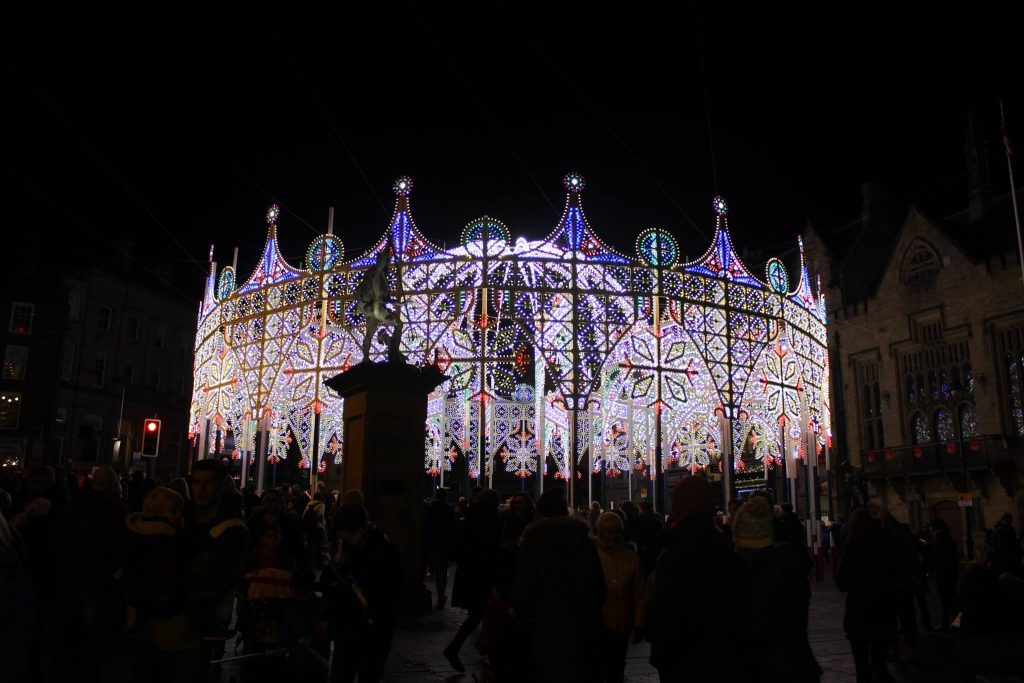
Durham Market Square during Lumiere festival, November 2017. Photo by Julia Atherley
Penelope Payne, 51, is an artist living in Whitley Bay on the North East coast. She was one of four BRILLIANT award winners, who answered an open call for submissions.
Her installation Blue Skies, saw a small piece of summer sunshine projected onto the underside of a bridge at last year’s Lumiere festival.
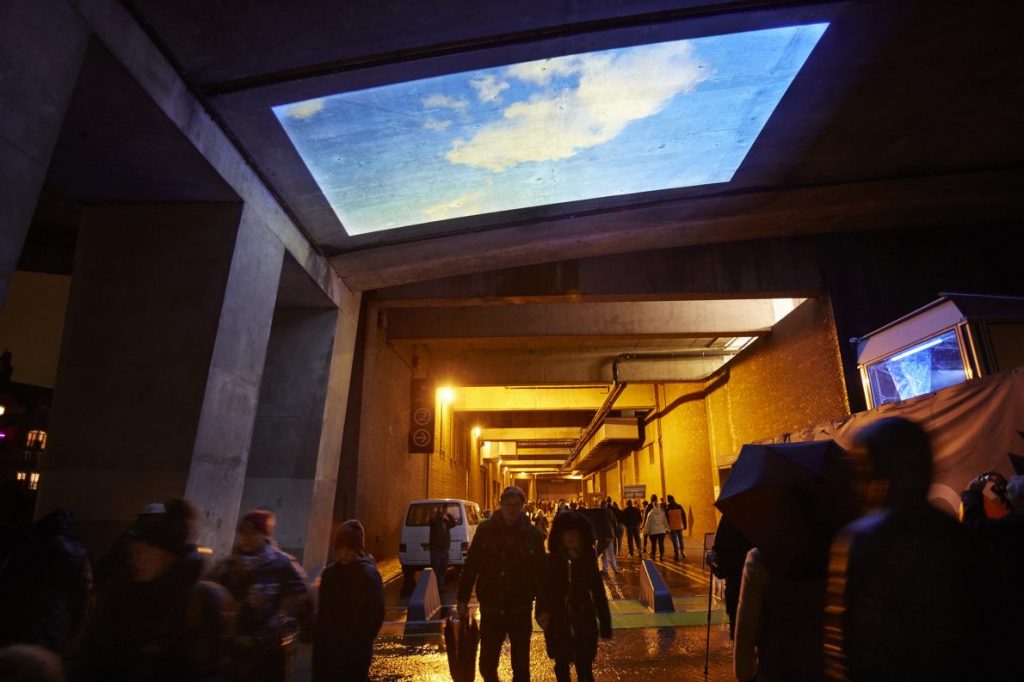
Blue Skies, by Penelope Payne at Lumiere Durham 2019, produced by Artichoke. Photo by Matthew Andrews
“It was absolutely mobbed,” Penelope said. “It can be the worst weather, snowing, raining – this year it was pouring with rain on the opening night. We were right next to the river and it was full to bursting but it was still packed.”
Light as a ‘fundamental need’
The sun sets at around 4.30pm in January, giving us an average of only 8 hours of daylight. Artwork such as Penelope’s square of sky can offer a relief to the dark nights.
She added: “I just thought the idea of finding a piece of summer sky in the middle of the night, and in winter, would be really magical. It would be a very fundamental, pleasing thing to us. It’s very important.
“I think it comes right back from things like lighthouses and low lights which guide ships into harbours. It’s a very fundamental security of having light. But with our technology we’re taking it onto a whole new level.”
Deepa Mann-Kler, an artist working in Northern Ireland, uses neon to create powerful yet playful sculptures. Like Penny, Deepa finds something ‘primordial’ in the attraction to light.
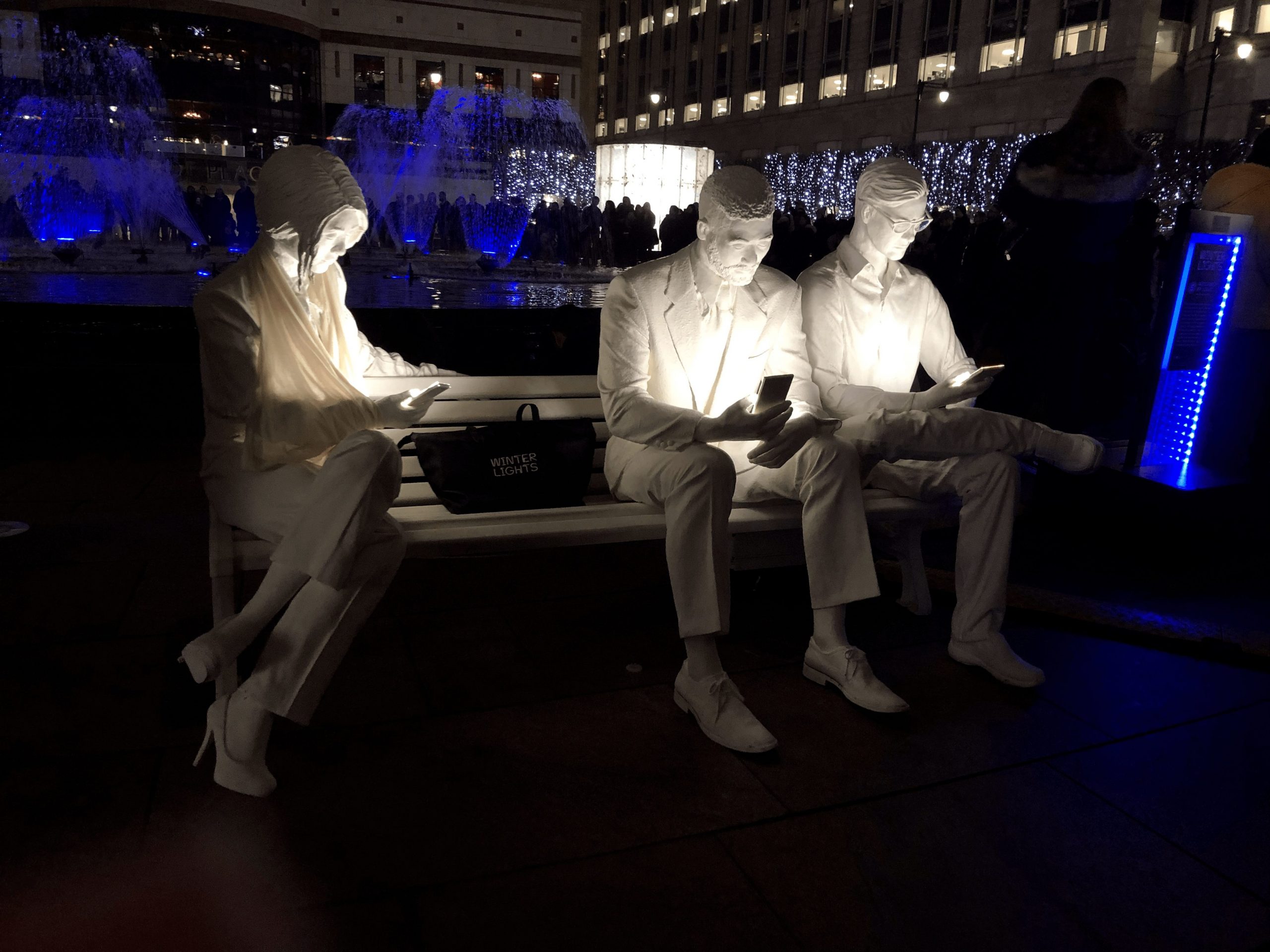
Absorbed by Light by Gali May Lucas at Winter Lights, Canary Wharf in January 2020. Photo by Julia Atherley
She said: “People gathered over light from the earliest stages of humanity to share stories, feel warmth, and connect with one another.
“Particularly in the Northern hemisphere where our seasons shift and there’s a dramatic change in the amount of daylight we have, light festivals are a chance for people to come together in public spaces. It can be therapeutic, joyful and healing without us even realising.”
When creating her sculptures she thought a lot about the energy associated with neon light.
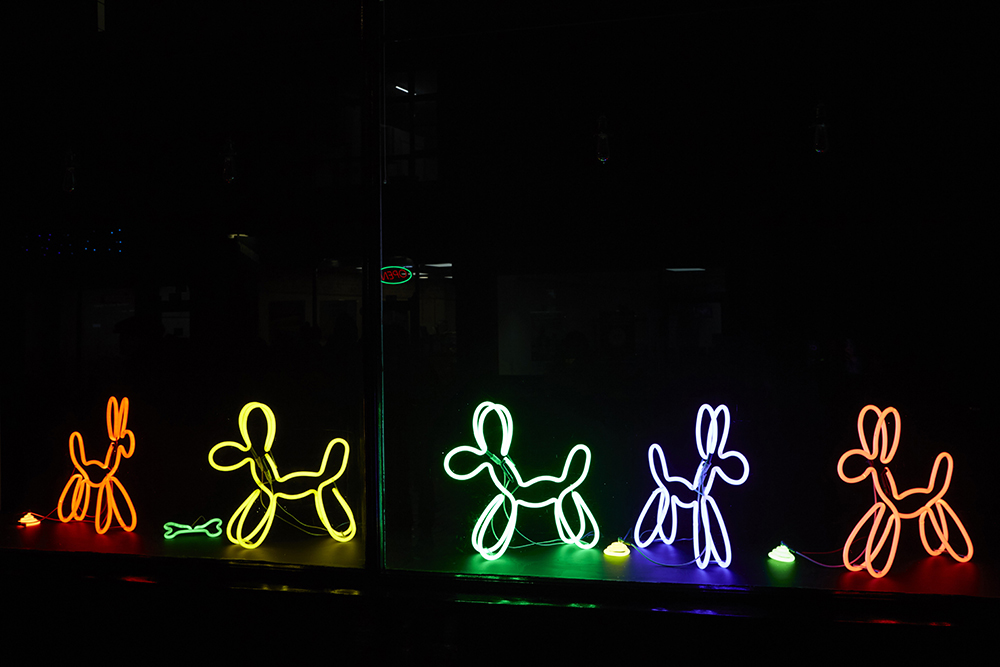
Neon Dogs by Deepa Mann-Kler at Lumiere Durham 2019, produced by Artichoke. Photo by Matthew Andrews
Deepa added: “Neon has sound. If you’re in a room with neon, you can hear it, it’s alive, it buzzes. Even trying to photograph it, it flickers. It’s not a static light.
“You’ve got this incredibly strong, powerful light but it’s often made in glass and it is incredibly fragile. I love that inherent contradiction.”
Light as a global art form
Deepa’s Neon Dogs has been shown in Durham, Derry, and London. Some of the artworks in Canary Wharf came from New Zealand and Taiwan.
Chris Plant, 52, an artist based in Durham, was first inspired by the impressive light shows in Iceland during their long winter nights.
He said: “Because they have such long winters there they really go to town with lighting up trees in the winter. It’s got to last them through the long nights. I thought that was amazing when I first saw that.”

Twitter user @HayleyfrmNZ on the global appeal of light festivals
His piece Harmonic Portal began life at Durham’s Lumiere festival. It has since travelled to Geneva and will soon be shown in Germany.
“I tried to make a really simple light form and I was really happy by how it turned out,” Chris said. “People find it affects them, no matter where it is.”
Reclaiming public space
Chris began working with projections when he was playing in bands in the late 1980s. He found that light and sound worked together to create a ‘more intense art form’.
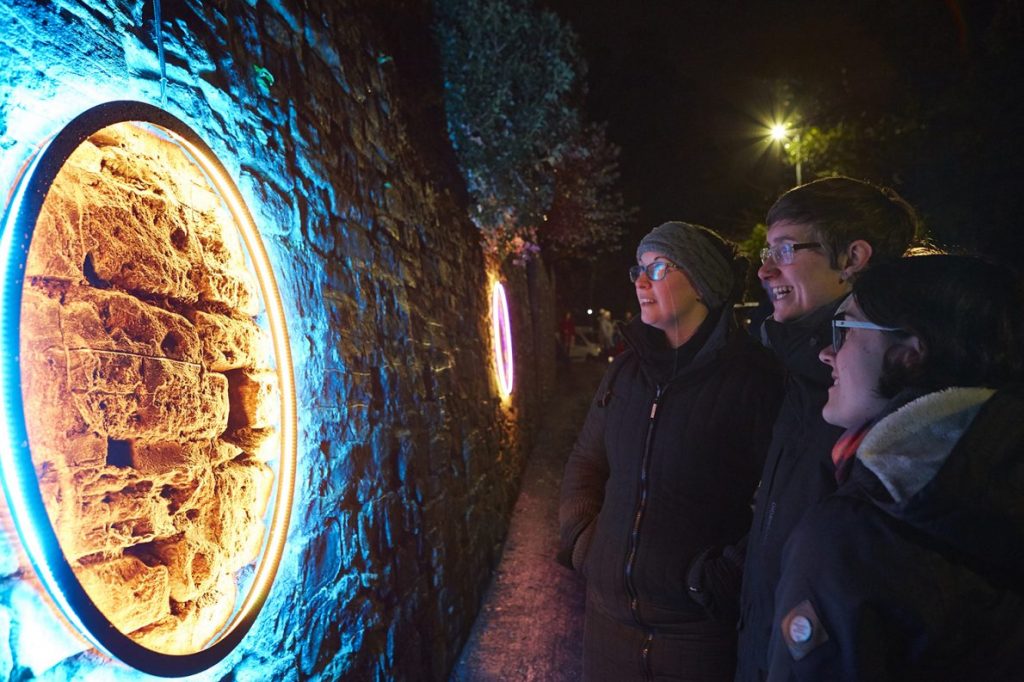
Harmonic Portal by Chris Plant at Lumiere 2019, produced by Artichoke. Photo by Matthew Andrews
He said: “I think light is like a modern medium really. I see it as a modern art that speaks to people and doesn’t alienate them. It’s a friendly kind of modern art.”
Joanie Lemercier, 37, lives in Brussels and exhibited his installation Constellations at Canary Wharf’s Winter Lights festival. He liked the idea of bringing people together in a public space.
He said: “When I do projection mapping onto buildings, you turn the cityscape into a shared experience. You can be out there together and experiencing culture in a spectacular way.
“I like the idea of creating a spectacle not inside a museum but actually in that shared space which we have lost over the years. The public spaces are disappearing and losing their purpose.
“Light festivals are a way to gather people together in that public space. It’s quite important.”
Light installations in London
In January, Christmas at Kew and Winter Lights in Canary Wharf lit up the city. Now a show called Lightopia has just opened at Chiswick House and Gardens.
The festival invites visitors to be ‘Lightopians’ as they explore the interactive and immersive city of light.
Lightopia is open from Wednesday to Sunday, 5pm – 10pm until 1st March. Tickets and more information can be found on the Lightopia website.
